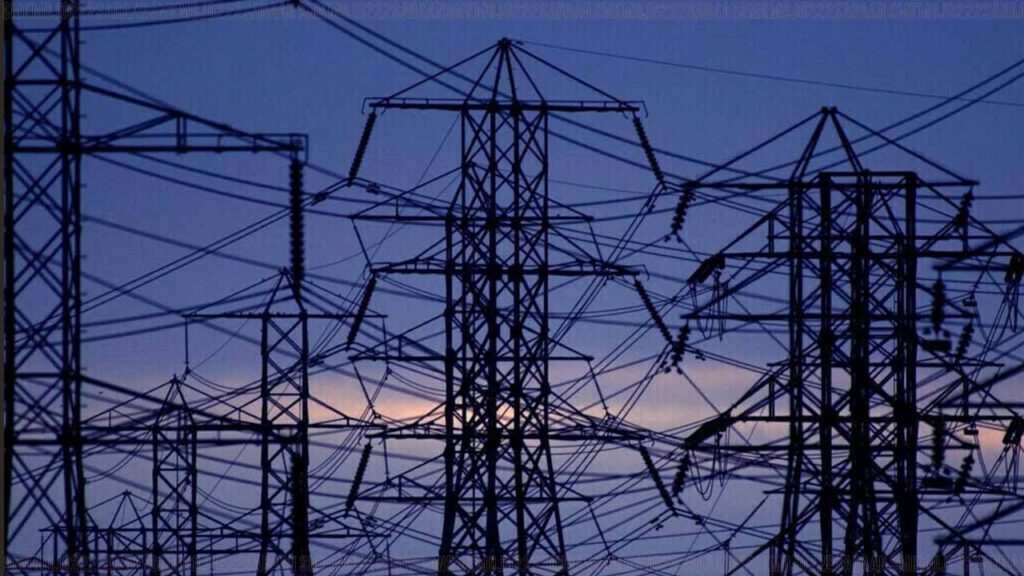- Web Desk
- 5 Hours ago

Pakistan sees 37 per cent drop in monthly power generation costs
-

- Web Desk
- Mar 19, 2024

WEB DESK: In February, the average cost of electricity stood at Rs8.7 per kilowatt-hour (KWh), marking a 9 per cent increase compared to the same period last year.
According to Topline Securities, this uptick was primarily driven by a surge in fuel costs, with nuclear (24 per cent), coal (19 per cent), and gas (23 per cent) expenses all witnessing significant rises year-on-year.
The escalation in electricity prices adds to the financial burden faced by the population, which is already grappling with soaring inflation and sluggish economic growth.
However, there is a silver lining on a monthly basis, as the cost of power generation dropped by 37 per cent compared to January, where the average cost was Rs13.8 per KWh.
Despite this decrease in cost, overall power generation in February 2024 dipped by 8 per cent compared to the same period in the previous year, totaling 7,117 gigawatt-hours (GWh). For context, in February 2023, power generation stood higher at 7,756 GWh.
This decline in power generation year-on-year can be attributed to reductions in hydel and nuclear power generation, which recorded 1,766 GWh and 1,660 GWh, respectively, marking decreases of 14 per cent and 12 per cent compared to the previous year.
Furthermore, on a monthly basis, power generation saw a 14 per cent decrease from January, when the total generation was 8,313 GWh.
Looking at the broader picture, during the first eight months of the fiscal year 2024 (8MFY24), power generation experienced a marginal 1 per cent decrease year-on-year, totaling 84,317 GWh compared to 84,841 GWh in the same period of the previous fiscal year.
Breaking down the sources of power generation in February, hydel power emerged as the frontrunner, constituting 24.8 per cent of the overall generation mix, thus becoming the largest contributor to the country’s electricity production.
Following closely behind was nuclear power, accounting for 23.3 per cent of the total generation, and then RLNG (re-gasified liquefied natural gas) at 20.4 per cent.
Renewable sources, including wind, solar, and bagasse, collectively contributed 4.2 per cent to the generation mix, with wind accounting for 1.5 per cent, solar for 1.3 per cent, and bagasse for 1.4 per cent.




